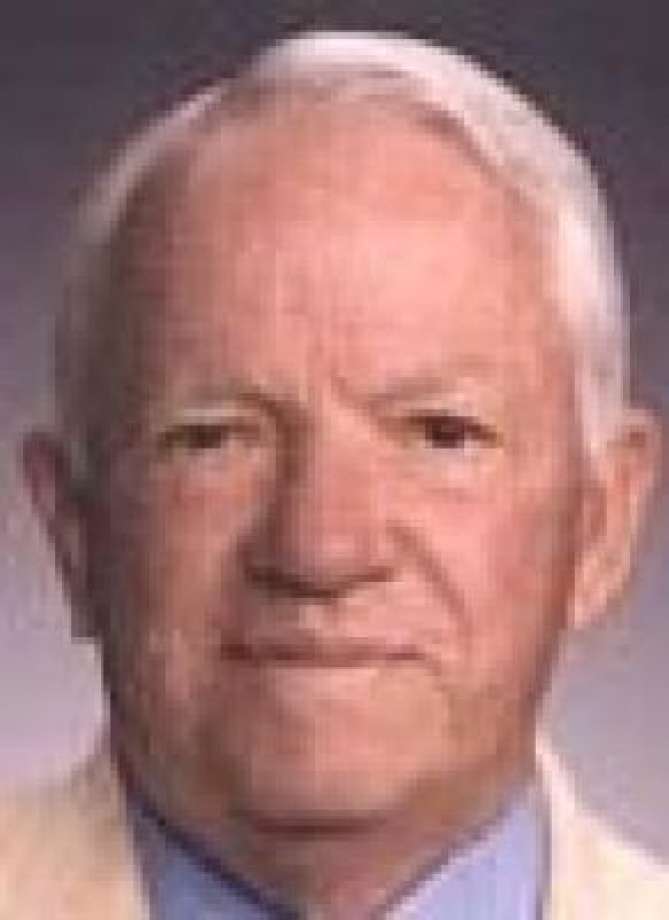 Suffice it to say that it’s been an interesting past year and a half for Houston-based Landry’s Restaurants Inc., which owns restaurants such as Landry’s, Rainforest Cafe, Charley’s Crab, The Chart House, and Saltgrass Steak House, as well as the Golden Nugget Hotel & Casino in Las Vegas and Laughlin, Nev.
Suffice it to say that it’s been an interesting past year and a half for Houston-based Landry’s Restaurants Inc., which owns restaurants such as Landry’s, Rainforest Cafe, Charley’s Crab, The Chart House, and Saltgrass Steak House, as well as the Golden Nugget Hotel & Casino in Las Vegas and Laughlin, Nev.
The saga started in late July of 2007 when the company announced that it was delinquent in its regulatory filings with the SEC and that it was in need of refinancing over $400 million in debt in a rapidly deteriorating debt market.
Shortly thereafter, the company sued some of its bondholders for declaring the company in technical default under their bonds, but the company quickly settled that litigation on not particularly good terms.
A few months later, Landry’s announced in January 2008 that its CEO and major shareholder (39%), Tilman Fertitta, had made an offer to take the company private by buying the other 61% of the company’s stock for $23.50 share, which worked to be a $1.3 billion deal, including debt.
That offer seemed all well and good, particularly given that the proposed purchase price was a 40% premium over the $16.67 share price at the time of the offer.
Unfortunately, a spate of shareholder lawsuits followed Fertitta’s bid. By early March, 2008, it was apparent that Fertitta’s bid was so speculative that he hadn’t even lined up financing for it.
So, the following month, Fertitta lowered his offer to $21 per share because of "tighter credit markets", and Landry’s announced that it had accepted that price in June.
But by the fall, the financial crisis on Wall Street had roiled credit markets even further and Hurricane Ike caused considerable damage to several Landry’s properties. So, in October, Fertitta lowered his offer to $13.50 per share.
Then, on Monday of this week, the company announced that it was terminating the proposed deal with Fertitta. The company contended that the SEC was requiring the company to issue a proxy statement disclosing information about a confidential commitment letter from the lead lenders on the buyout deal. The company is negotiating with those same lenders to refinance the bond indebtedness that the company promised to refinance in connection with October, 2007 litigation settlement noted above. Inasmuch as the lenders’ commitment for financing Fertitta’s buyout required that the terms of the commitment remain confidential, the company elected to terminate the buyout deal rather than risk that the lenders would declare a default for breach of confidentiality and back out of the financing commitment for the buyout, as well as the negotiations on the refinancing of the bond indebtedness.
Oh yeah, amidst all this, Landry’s stock closed at $6.54 per share today.
Meanwhile, what has Fertitta been doing while his take-private bids have languished and the company’s stock has plummeted to historic lows?
He has been buying more Landry’s stock. So much so that he now controls 56.7% of the company’s shares.
That’s right. Landry’s board failed to obtain a standstill agreement from Fertitta while his buyout offers were pending over the past year.
As Steve Davidoff notes, this is "truly worthy of Deal From Hell status." Loren Steffy has the same take.
While Landry’s directors are checking on the amount of the company’s D&O policy, I wonder whether Landry’s lenders will follow through on the refinancing negotiations for the bond indebtedness in light of the market’s hammering of Landry’s share price?
If that refinancing doesn’t happen, then those bondholders who Landry’s sued back in August of 2007 will likely not be easy for the company to deal with.
In that case, maybe Fertitta’s additional purchases of Landry’s stock won’t look so smart after all.
Stay tuned.










